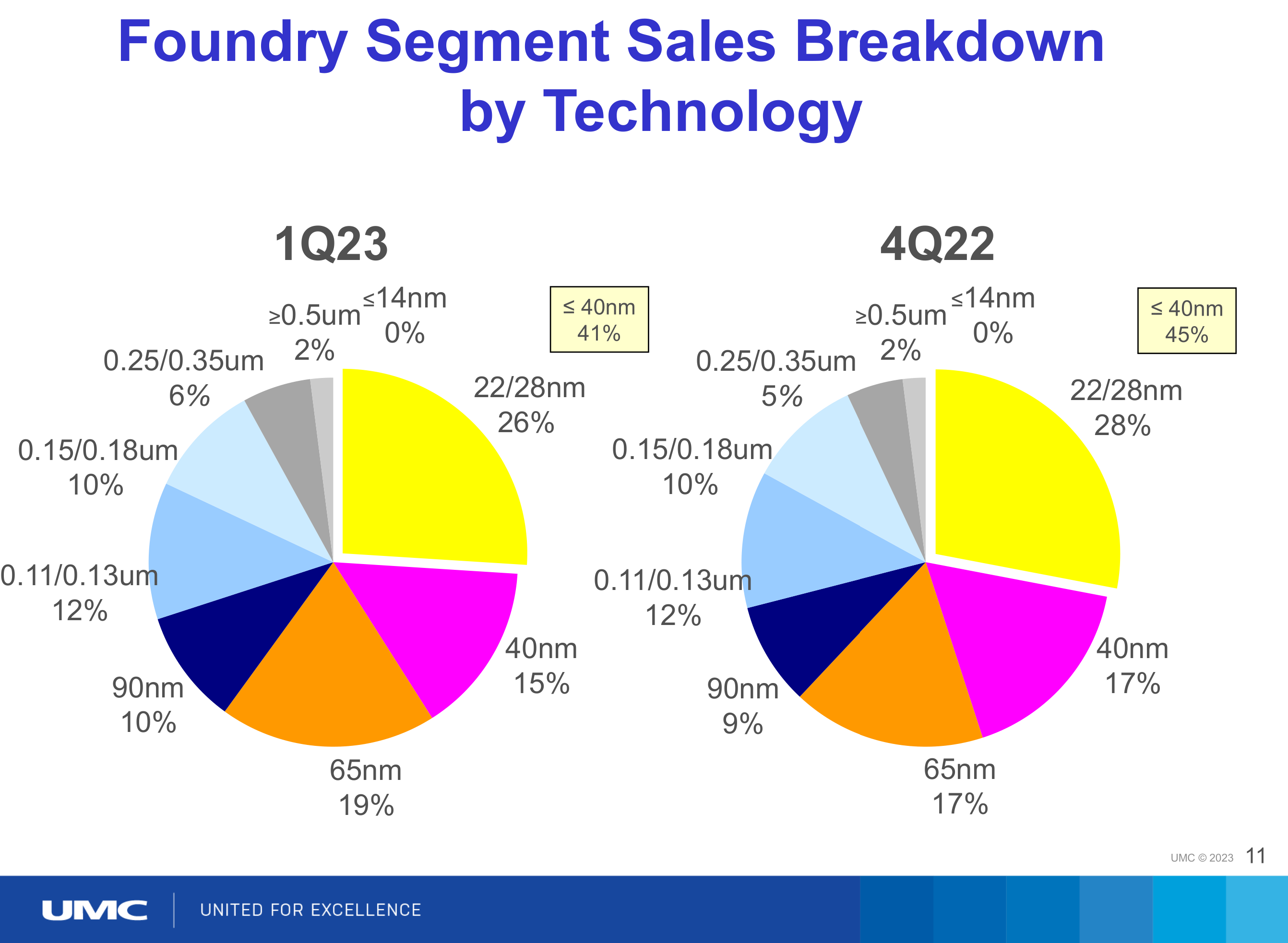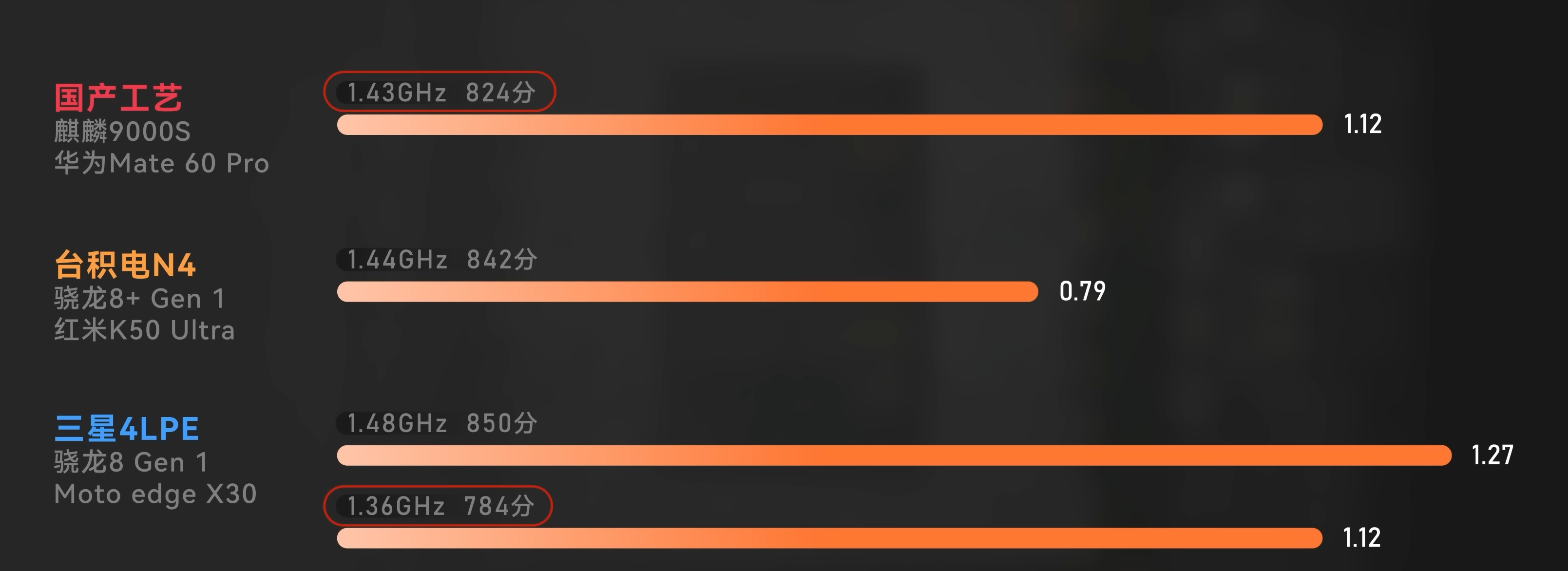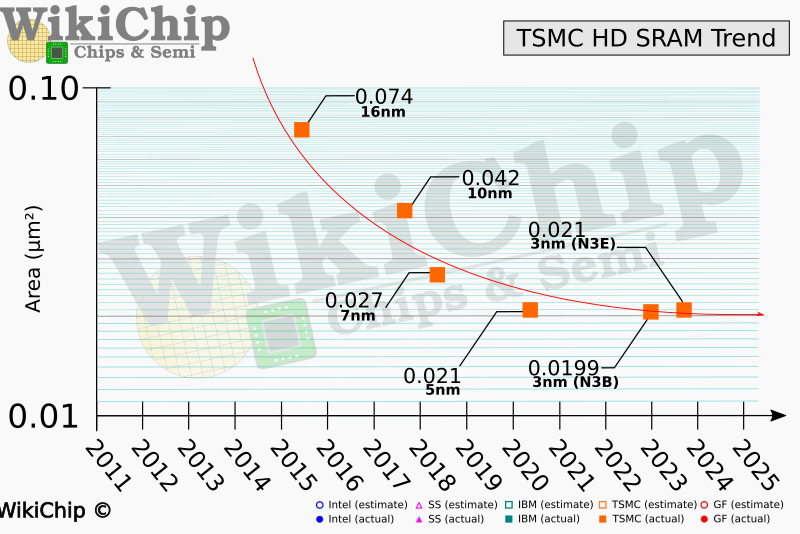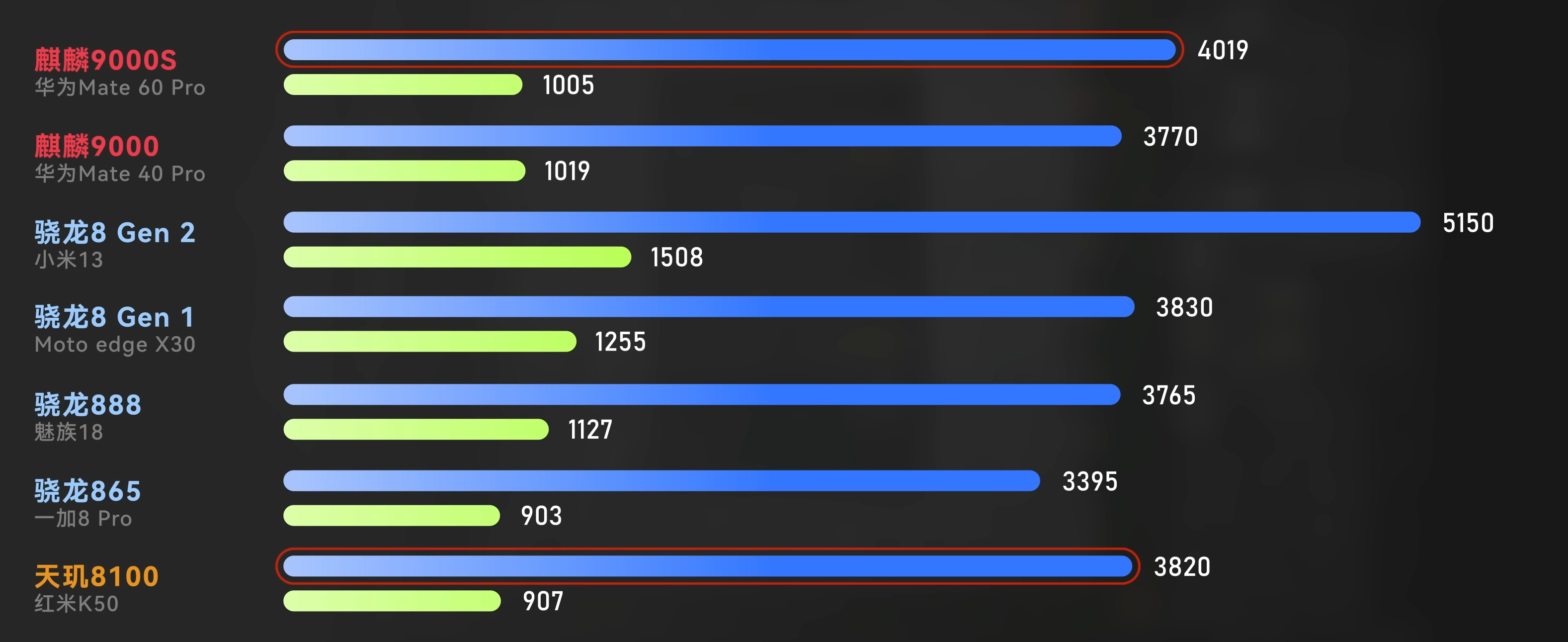Sanctions really are the biggest own goal.
It would be the LEAP not the PD-14 in the MC-21, if not for sanctions. In normal conditions, it's a winner takes all market no matter how tiny the difference is every cent counts to carriers. Only the single most efficient engine available would've made sense and it turns out sanctions did just that.
The sanctions are the largest boon to Chinese semi tool companies; they were snubbed by big name Chinese tech beforehand. Now, fear and uncertainty of supply weighs down the western competition. ASML in China has been brought down to SMEE's level; next year, ASML can't sell anything more advanced than what SMEE can make.
SMIC would have the same issues as Global Foundries did with justifying the investment in 7nm. The few fabless companies in China that use leading edge processes are wedded to TSMC. If Huawei wasn't there as a guaranteed customer, SMIC wouldn't have been able to get their investment to pay off. Huawei didn't even consider domestic alternatives outside of what they themselves make before the sanctions. The Mi 10 Ultra, with a QCOM SoC, had more domestic parts than the Huawei equivalent.
Even advanced engines can't redeem the F-35 though, it's still slower than the JF-17.







Neoliberals will do anything to downplay or outright deny any historical incident where import substitution lead to industrialization. Creating captive markets for the dumping of manufactured products was one of the prime drivers of colonialism, which continued under neocolonialism. With sanctions, the US is unintentionally undermining their own hegemony. Businesses like having access to markets and moats. They are giving moats to one side and stripping access to the other.
Sanctions will do for Chinese chip makers what the great firewall did for Chinese internet giants.
Seeing /u/dylan522p acknowledge reality somewhat is refreshing although the conclusion is the predictable "Washington is just sanctioning wrong, if they followed my foolproof sanction regime it would magically work". Liberals attacking him for this article is quite hilarious. They're really intolerant of even the slightest deviation from US state department rhetoric.